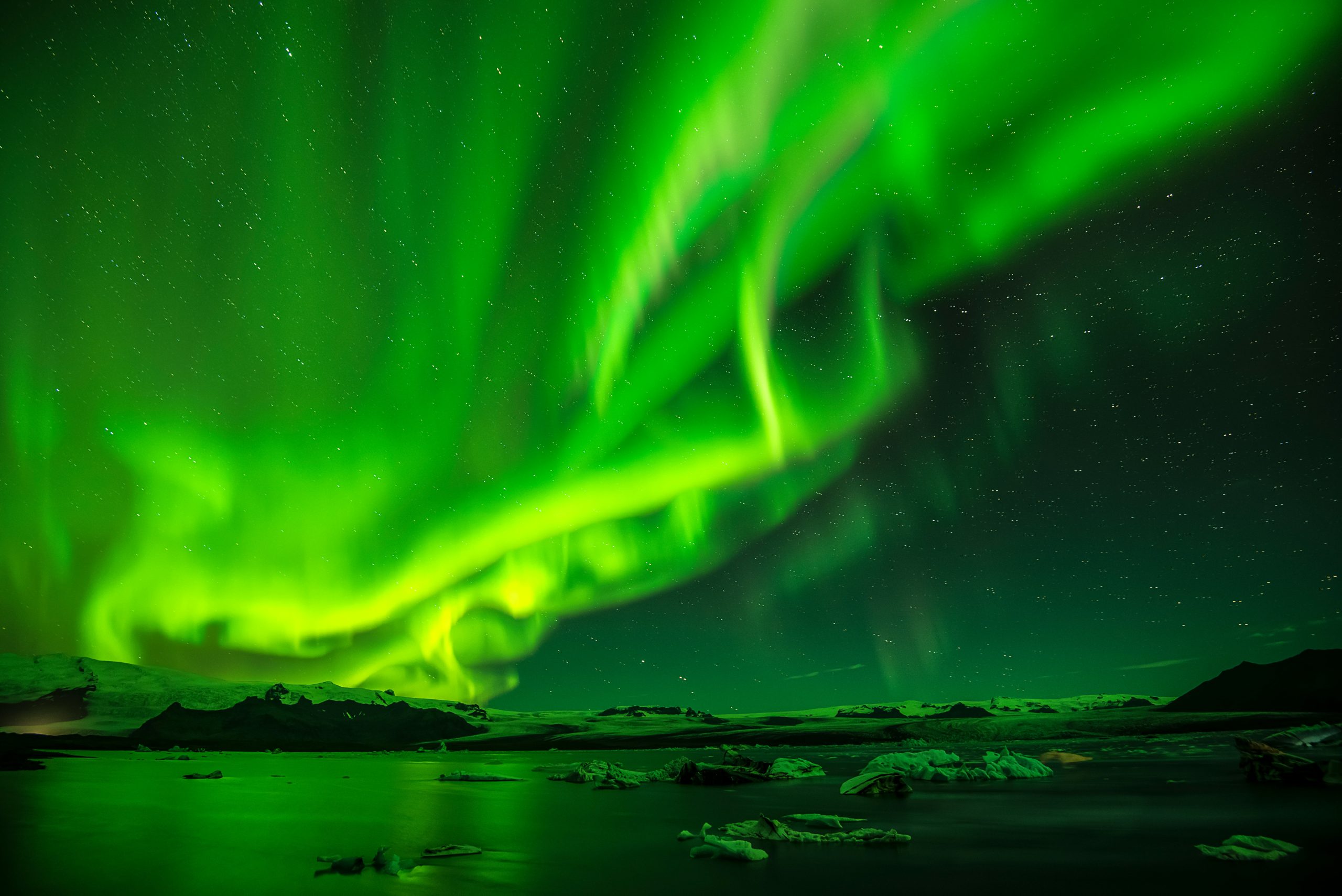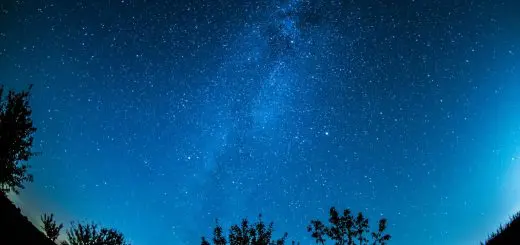Why Do Some Animals Hibernate in Winter?

Looking for more amazing products? Check out our online store and explore our collection here! Happy shopping!
Before diving in, please note: This post is for informational purposes only. If you’d like to know more about how we approach topics, feel free to check out our friendly Disclaimer Page.
Hey there, amazing readers! 
We’re committed to delivering quality posts, and your support (even just sticking around despite the ads) means everything to us. So, bear with us, and thanks for helping us keep the good vibes rolling. Now, on to the fun stuff!
TRANSLATE BUTTON AT THE END OF THE ARTICLE
A Quick Overview
Have you ever wondered why some animals seem to take a long snooze during the chilly winter months?
Hibernation is a fascinating survival strategy that allows certain creatures to weather the harshness of the cold season.
From bears to bats and even some reptiles, this wintry slumber raises a multitude of questions.
Why do animals hibernate?
What triggers this behavior?
And what happens during their extended naps?
Let’s dive into the cozy world of hibernation and explore the reasons behind this incredible adaptation.
Understanding Hibernation: Nature’s Cozy Retreat
Hibernation is like having a built-in winter getaway for animals.
Imagine curling up in a warm blanket, sipping hot cocoa, and getting cozy for several months.
That’s what hibernation is for many creatures!
It’s a survival strategy that allows animals to escape the biting cold and food scarcity that winter often brings.
During hibernation, an animal’s metabolic rate drops significantly.
This change allows them to conserve energy while they sleep.
It’s not just about sleeping; it’s about entering a state that reduces their need for food and water.
Think of it as an extended nap with a purpose – a way to survive when the going gets tough.
The temperature of the environment can affect the hibernating animal’s body temperature.
Some animals reduce their body temperature to match the ambient temperature, while others maintain a higher temperature.
This amazing ability helps them survive in extreme conditions.
So, instead of facing the winter head-on, they retreat into their cozy dens, burrows, or even tree hollows.
The Science Behind Hibernation: How It Works
Hibernation isn’t just an extended sleep; it’s a complex physiological process.
During this time, an animal’s heart rate and breathing slow down.
Some species can lower their body temperature to near freezing.
Imagine your body moving at a snail’s pace – that’s what’s happening inside!
The brain releases specific hormones that signal the body to go into hibernation mode.
This process helps to regulate their metabolic rate, allowing them to survive without food for months.
It’s all about conserving energy.
Interestingly, hibernation can also have a few variations.
Some animals enter deep hibernation, where they stay in a dormant state for weeks or months.
Others might experience lighter forms of hibernation, known as torpor, where they can wake up more frequently.
Discover "Dog Care: Learning How to Care for Your Furry Friend
"
Talk about flexibility!
Which Animals Hibernate? A Look at the Hibernate Club
So, who joins this exclusive hibernation club?
You’d be surprised!
Here’s a quick rundown of some of the most well-known hibernators:
Bears: These big guys are famous for hibernating.
They can sleep for up to six months!
Ground Squirrels: These little critters create intricate burrows to hibernate.
Bats: Many species hibernate in caves, where temperatures remain stable.
Wood Frogs: They can even survive being partially frozen.
Talk about resilience!
Some Reptiles: Certain turtles and snakes also hibernate to escape the cold.
It’s fascinating to see how diverse this group is!
Each species has its unique way of preparing for hibernation, but they all share the same goal: survival.
Why Do Animals Hibernate? The Search for Survival
The primary reason animals hibernate is pretty simple: survival.
Winter can be brutal.
Food becomes scarce, and staying active in harsh conditions can lead to exhaustion or death.
Hibernation is a smart response to this challenge.
During winter, many plants die or go dormant, which means food sources are limited.
Animals that rely on these plants or on other animals for food face a tough situation.
So, rather than fight for dwindling resources, these animals choose to hibernate and wait for spring’s bounty.
Hibernation also helps animals avoid the bitter cold.
Imagine being outside in freezing temperatures for months.
Yikes!
By hibernating, animals find a safe haven where they can rest and conserve energy until the weather warms up.
The Role of Temperature in Triggers for Hibernation
Temperature plays a significant role in triggering hibernation.
Animals have an internal biological clock that responds to environmental changes.
As temperatures drop, these creatures sense the change and begin their preparations.
For example, when the days get shorter and the nights grow colder, hormones kick in.
These hormonal changes signal the body to start storing fat.
Once the temperature dips significantly, it’s time to hibernate!
Some species can even sense the first frosts and know it’s time to settle in for their long winter’s nap.
This remarkable ability to recognize environmental cues helps these animals time their hibernation perfectly, ensuring they wake up just as spring arrives.
Fat Storage: Nature’s Snack for Hibernating Animals
Before hibernation begins, animals must prepare for their time of slumber.
One critical aspect of this preparation is fat storage.
Think of it as packing snacks for a long road trip.
Throughout the summer and fall, animals eat more than usual to build up their fat reserves.
This stored fat provides the necessary energy during hibernation.
For many species, this fat acts as both food and insulation.
It keeps them warm while they sleep, creating a cozy environment in their den or burrow.
The amount of fat an animal stores varies by species.
For instance, bears can gain hundreds of pounds before hibernating!
This extra weight is crucial for survival, especially in the deep winter months when food is nowhere to be found.
Sleep Patterns: How Long Do Animals Hibernate?
The duration of hibernation can differ significantly between species.
Some animals may hibernate for just a few weeks, while others, like bears, might sleep for months on end.
Typically, hibernation lasts anywhere from a few weeks to six months.
This variation depends on factors such as species, geographic location, and environmental conditions.
For example, an animal living in a colder climate might hibernate longer than one in a milder area.
Interestingly, the length of hibernation can also vary from year to year.
If the winter is particularly harsh, some animals may choose to hibernate longer to avoid the cold.
They’re adjusting their sleep patterns to align with the environment!
Hibernation vs. Estivation: What’s the Difference?
While hibernation is all about surviving the cold, estivation serves a different purpose.
Estivation is a form of dormancy that animals enter during hot and dry periods, typically in summer.
For example, desert-dwelling animals like certain frogs and reptiles may estivate to escape the heat and lack of water.
Think of it as a summer vacation, where they retreat to cooler, moist areas until conditions improve.
So, while both hibernation and estivation are survival strategies, they occur in response to different environmental challenges.
Hibernation is about avoiding the cold, while estivation is all about beating the heat!
Adapting to Change: Hibernation in a Warming World
As our planet warms, the patterns of hibernation are shifting.
Climate change impacts the seasons, which can confuse the biological clocks of hibernating animals.
Some may wake up too early or not have enough food available when they emerge.
This change poses challenges for these creatures.
For instance, if a bear wakes up in March but food sources aren’t available until May, it could lead to starvation.
It’s a tough situation for animals that have relied on their instinctual patterns for generations.
Conservation efforts are essential to help protect these animals and their habitats.
Understanding how climate change affects hibernation is key to ensuring these species continue to thrive in our changing world.
Myths and Facts About Hibernation You Should Know
Hibernation can be a puzzling topic, and with that often come myths.
Let’s bust a few common misconceptions:
Myth: All animals that hibernate sleep soundly for the entire winter.
- Fact: Some animals experience lighter sleep patterns and may wake periodically.
Myth: Hibernation is the same for all animals.
- Fact: Different species have unique hibernation styles and durations.
Myth: Hibernating animals are completely inactive.
- Fact: They may wake up and move around, especially if disturbed.
By clearing up these myths, we can better appreciate the incredible adaptations these animals have developed to survive!
How Do Animals Prepare for Their Long Winter Nap?
Preparing for hibernation is an art and a science!
Animals go through several stages to ensure they’re ready for their long nap.
Here’s a peek into the hibernation prep:
Increased Eating: In the weeks leading up to hibernation, animals eat voraciously to build fat stores.
Finding a Safe Den: Animals seek out secure locations to hibernate, such as caves, burrows, or hollow trees.
Body Temperature Adjustments: As temperatures drop, their bodies begin to adjust, preparing for the cooler environment.
Slowing Down Activities: They start to reduce activity levels, conserving energy for the long sleep ahead.
Through this thorough preparation, hibernating animals set themselves up for success, ensuring they have enough energy to last until spring!
The Joy of Awakening: Life After Hibernation!
Waking up from hibernation is a moment of joy!
As temperatures rise and food becomes more abundant, hibernating animals emerge from their cozy retreats, ready to embrace the world once again.
Upon waking, animals often feel a surge of energy.
They venture out to find food and interact with their environment.
Their body kicks into high gear, and it’s time to replenish those lost fat reserves.
It’s a season of abundance after the long, sleepy months.
Seeing the world come alive again is a delightful experience for these creatures, akin to a child waking up on Christmas morning, excited to see what the day holds.
Conclusion
Hibernation is a remarkable adaptation that allows animals to survive the winter months.
From bears to bats, each species has its unique way of preparing, sleeping, and waking up.
As we marvel at these incredible survival strategies, let’s also remember the importance of protecting these amazing animals and their habitats.
After all, we share this planet with them, and their winter stories are a part of our shared natural heritage.
So next winter, when you’re cozying up with a blanket, think of the hibernators tucked away in their warm retreats, dreaming of spring!

The Enlightenment Journey is a remarkable collection of writings authored by a distinguished group of experts in the fields of spirituality, new age, and esoteric knowledge.
This anthology features a diverse assembly of well-experienced authors who bring their profound insights and credible perspectives to the forefront.
Each contributor possesses a wealth of knowledge and wisdom, making them authorities in their respective domains.
Together, they offer readers a transformative journey into the realms of spiritual growth, self-discovery, and esoteric enlightenment.
The Enlightenment Journey is a testament to the collective expertise of these luminaries, providing readers with a rich tapestry of ideas and information to illuminate their spiritual path.
Our Diverse Expertise
While our primary focus is on spirituality and esotericism, we are equally passionate about exploring a wide range of other topics and niches 

To ensure we provide the most accurate and valuable insights, we collaborate with trusted experts in their respective domains 
Our blog originally focused on spirituality and metaphysics, but we’ve since expanded to cover a wide range of niches. Don’t worry—we continue to publish a lot of articles on spirituality! Frequently visit our blog to explore our diverse content and stay tuned for more insightful reads.
Hey there, amazing reader! 
Check out our store here and take a peek at some of our featured products below! Thanks for being awesome!











